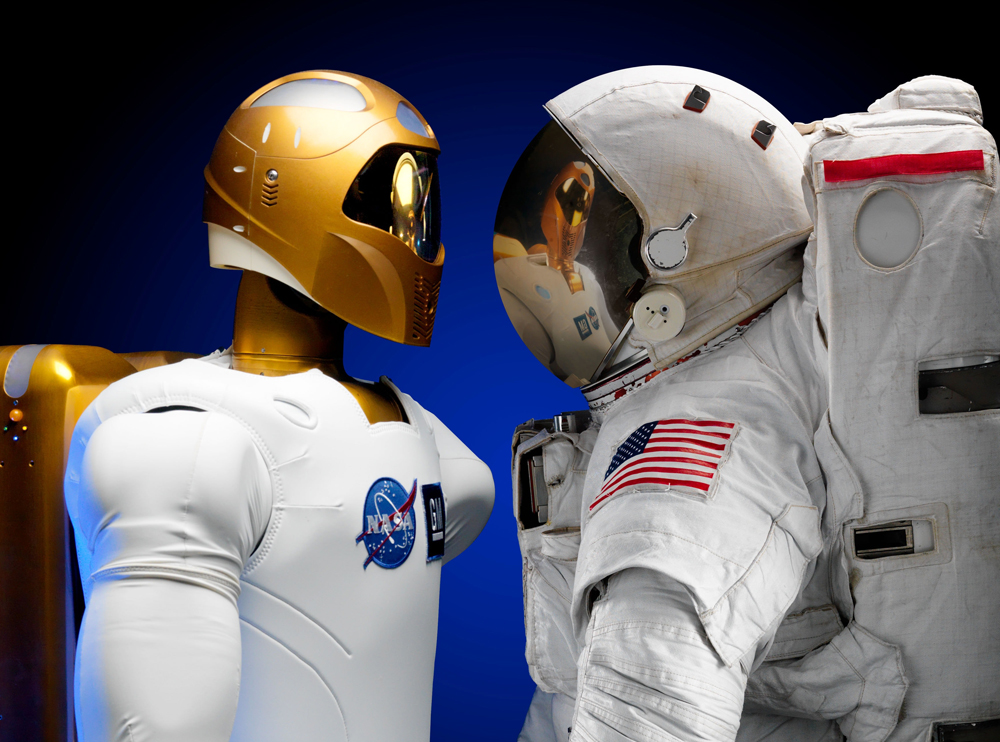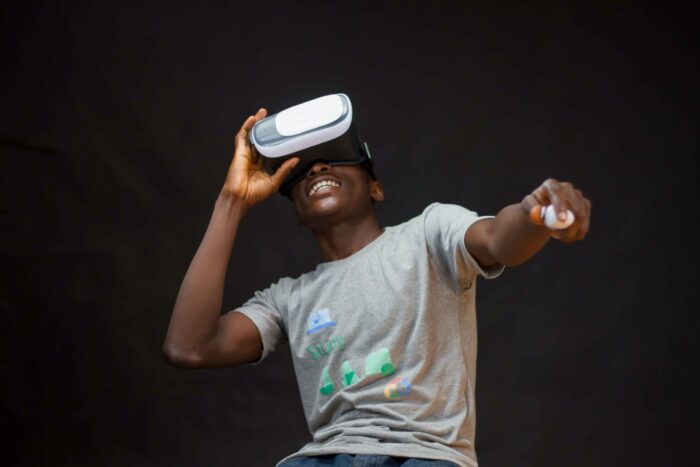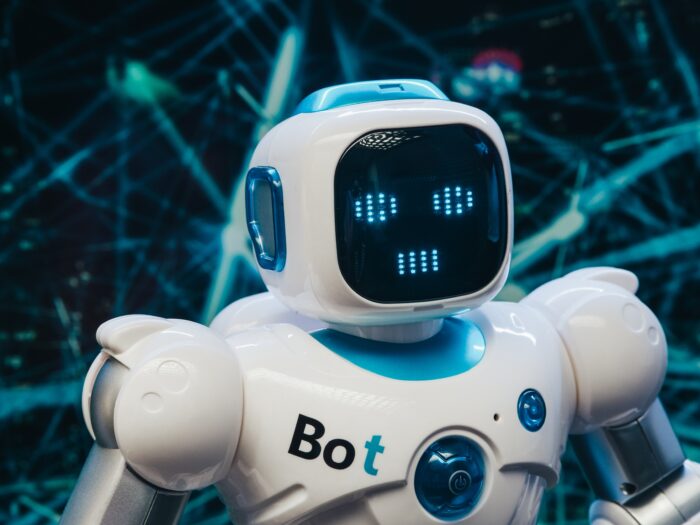
10 cutting-edge technologies. Emerging technologies are ones that are still in the development process but have the potential to transform many industries and alter how we live and work. These technologies are typically quite cutting-edge and are frequently fueled by developments in disciplines like biotechnology, robotics, and artificial intelligence (AI).10 SEO Tips For Small Business Owners11 marketing strategy recommendations and best practices15 tips for effective web design We will look at some of the most exciting new technologies in this article, along with some of their possible uses.
Two of the most important developing technologies are artificial intelligence (AI) and machine learning. The development of computer systems that can carry out operations that would typically need human intelligence, such as speech recognition, decision-making, and image recognition, is referred to as artificial intelligence (AI). On the other hand, machine learning is a branch of artificial intelligence that focuses on creating algorithms that can learn from data without being explicitly programmed.
Artificial intelligence and machine learning have a wide range of uses. AI and machine learning in healthcare can be used to detect illnesses, provide individualised treatment regimens, and even forecast epidemics. These technologies can be applied to finance to detect fraud, control risks, and analyse investments. AI and machine learning can be applied to transportation to create self-driving vehicles and improve traffic flow. They can be utilised for quality assurance and predictive maintenance in the manufacturing industry
Robotics is a second cutting-edge technology that has the potential to completely alter a number of sectors. Robots can be trained to carry out activities that are hazardous, monotonous, or call for a high degree of accuracy. They are also more consistent and able to work for longer periods of time than humans.
The uses for robots are numerous and diverse. Robotic surgery, physical therapy, and senior care are all possible in the field of healthcare. They can be utilised for assembling, packaging, and material handling in the manufacturing industry. They can be utilised in agriculture for planting, harvesting, and weed control. They can be utilised for delivery and logistics in transportation.

Biotechnology is the utilisation of biological systems, such as cells and live beings, in the creation of new products and technologies. This covers bioprocessing, synthetic biology, and genetic engineering.
The uses of biotechnology are numerous and diverse. Biotechnology can be employed in the healthcare industry to create novel medications, gene therapies, and diagnostic equipment. It can be applied to agriculture to increase crop productivity and create new crop varieties. It can be applied to the energy sector to create biofuels and other renewable energy sources.
This cutting-edge innovation enables the production of three-dimensional items from digital models. By enabling on-demand production of commodities, this technology has the potential to completely transform manufacturing and supply chain management.
The uses for 3D printing are numerous and diverse. Custom prostheses, implants, and medical equipment can be produced in the field of healthcare using 3D printing. It can be utilised in aircraft to create lightweight components and lower fuel usage. It can be applied to fashion to produce personalised attire and accessories.

A digital ledger technology called blockchain makes it possible for parties to conduct secure and open transactions without the aid of a middleman. Among other areas, this technology has the potential to change banking and supply chain management.
Blockchain technology has a plethora of uses. Blockchain in finance can be used to create new financial products and services as well as safe and transparent transactions. It can be used to increase transparency and traceability in supply chain management. It can be used in healthcare to safely store and communicate medical data.
This cutting-edge technology makes use of the ideas of quantum mechanics to carry out calculations. By enabling the creation of more potent and effective computers, this technology has the potential to transform computing.
The uses for quantum computing are numerous and diverse. It can be used for intricate modelling and simulation in finance. It can be applied to healthcare for both customised therapy and the discovery and development of new drugs. It can be applied to cybersecurity to encrypt and decrypt sensitive data. It can be applied to the design of new chemicals and materials in materials science.
The Internet of Things (IoT) is a network of physical objects, including furniture, cars, home appliances, and other things, that are connected to the internet and equipped with sensors and software. Through the development of smart homes, communities, and businesses, this technology has the potential to completely transform the way we live and work.
IoT has a plethora of different uses. IoT in healthcare can be utilised for telemedicine, remote patient monitoring, and tracking medication adherence. It can be applied to industry to improve processes and do predictive maintenance. It can be used for real-time tracking and logistics optimization in transportation. It can be applied to public safety, trash management, and energy management in smart cities.
These two cutting-edge technologies enable users to interact with virtual worlds and objects in real time. Whereas VR creates a fully immersive digital experience, AR augments the real world with digital information.
The uses for AR and VR are numerous and diverse. AR and VR can be utilised in education to create immersive learning environments. Medical teaching and simulation can be done with AR and VR in the healthcare industry. AR and VR can be utilised for design and visualisation in engineering and architecture. VR and AR can be used for immersive games and experiences in the entertainment industry.

This cutting-edge technology allows data to be processed nearby the point of origin rather than having to be sent to a centralised location. Particularly in sectors that depend on real-time data, this technology has the potential to completely alter how we process and evaluate data.
The uses for edge computing are numerous and diverse. Edge computing can be applied to the healthcare industry to analyse and monitor patients in real-time. It can be utilised for quality assurance and predictive maintenance in the manufacturing industry. It can be applied to transportation to monitor and improve traffic in real-time. It can be applied to energy to monitor and improve power grids in real-time.
Nanotechnology is the term for the nanoscale manipulation of materials (one billionth of a meter). By enabling the development of new materials and technologies with distinctive features, this technology has the potential to completely transform a number of sectors.
The uses of nanotechnology are numerous and diverse. It can be applied to medical imaging, diagnostics, and drug delivery in the field of healthcare. It can be applied to electronics to create novel materials and higher-performing gadgets. It can be applied to the energy sector to create novel materials and equipment for energy storage and conversion.

In conclusion, developing technologies are changing how we work and live and have the potential to completely change a number of industries. These technologies will be more and more crucial to both organisations and people as they develop and mature. To remain competitive in the quickly evolving technology landscape of today, it is crucial to stay up to date with these developing technologies.
We would love to work with you on your next project or breathe new life into an existing one. Speak to our experts today!
Contact us